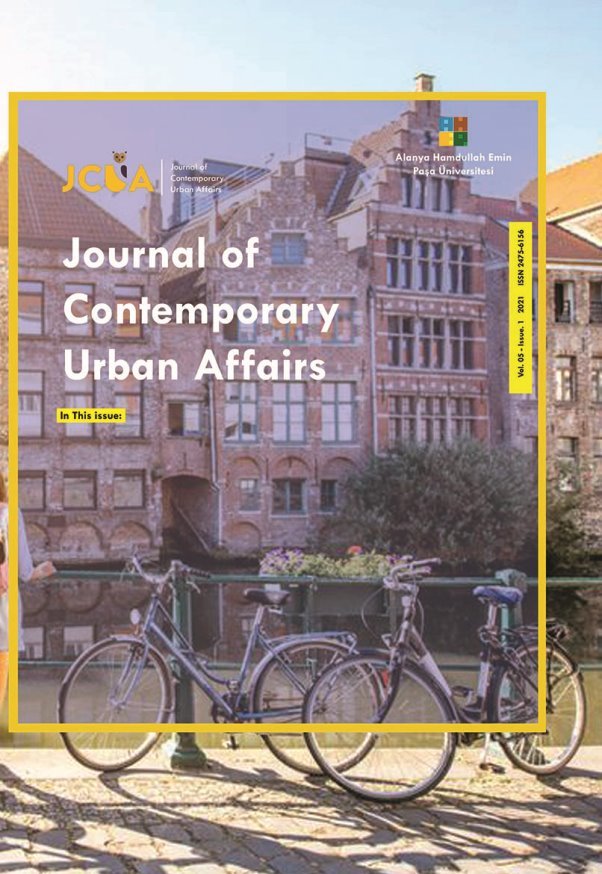
Journal Of Contemporary Urban Affairs
Yazarlar: Marjan Sansen, Andrés Martínez, Philippe Devillers
Konular:-
DOI:10.25034/ijcua.2021.v5n1-2
Anahtar Kelimeler:Morphology,Mediterranean,Environmental Assessment,Additive Architecture,Holiday Housing.
Özet: Climate change and rising temperatures lead to an air-conditioning proliferation in summertime of the Mediterranean regions. This study links urban morphology to the microclimate. It claims that a lesson can be drawn from holiday housing morphologies designed with an additive approach during the “Glorious Thirty” French coastal development (1946-75). It is based on a morphological analysis of four case studies, with on the one hand re-drawing and site visiting, on the other hand, assessment of environmental performance through key parameters: Absolute Rugosity, Compactness Ratio, Building Density, Mineralization, Sky View Factor (SVF) and Height/Width (H/W) Ratio. Compared to literature reference values of a traditional courtyard morphology, the case studies are less compact and with a lower H/W Ratio (higher SVF), but they are less mineral than a historic medieval city centre. This research contributes to the search for semi-collective alternatives (for example additive morphologies) to individual housing in peri-urban areas, with high environmental performance in the summertime.
Dergi editörleri editör girişini kullanarak sisteme giriş yapabilirler. Editör girişi için tıklayınız.